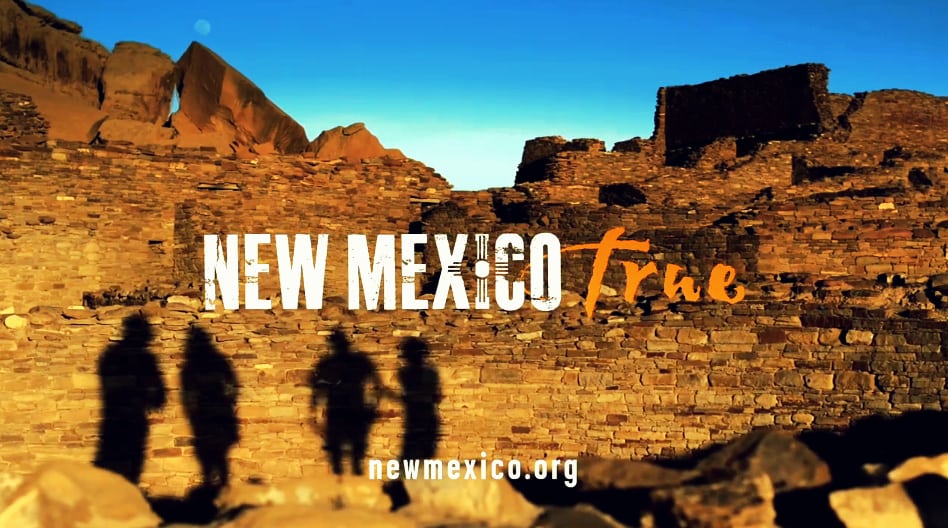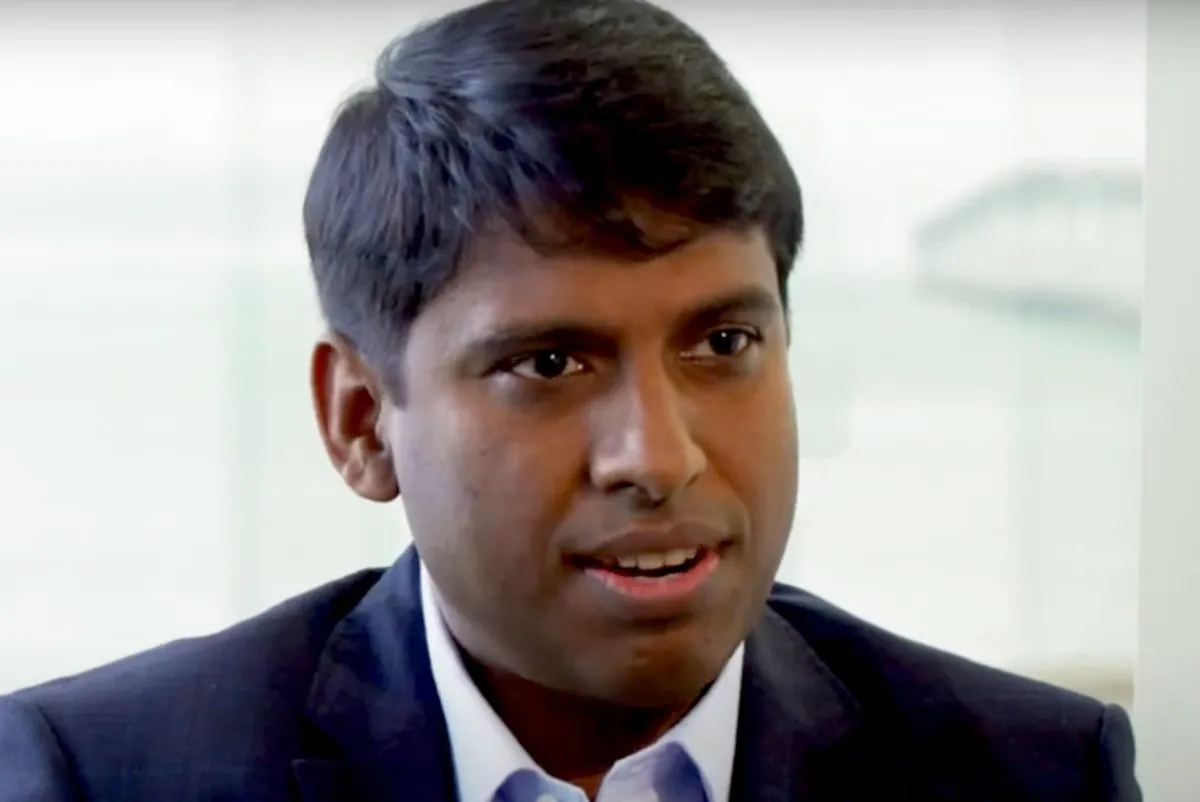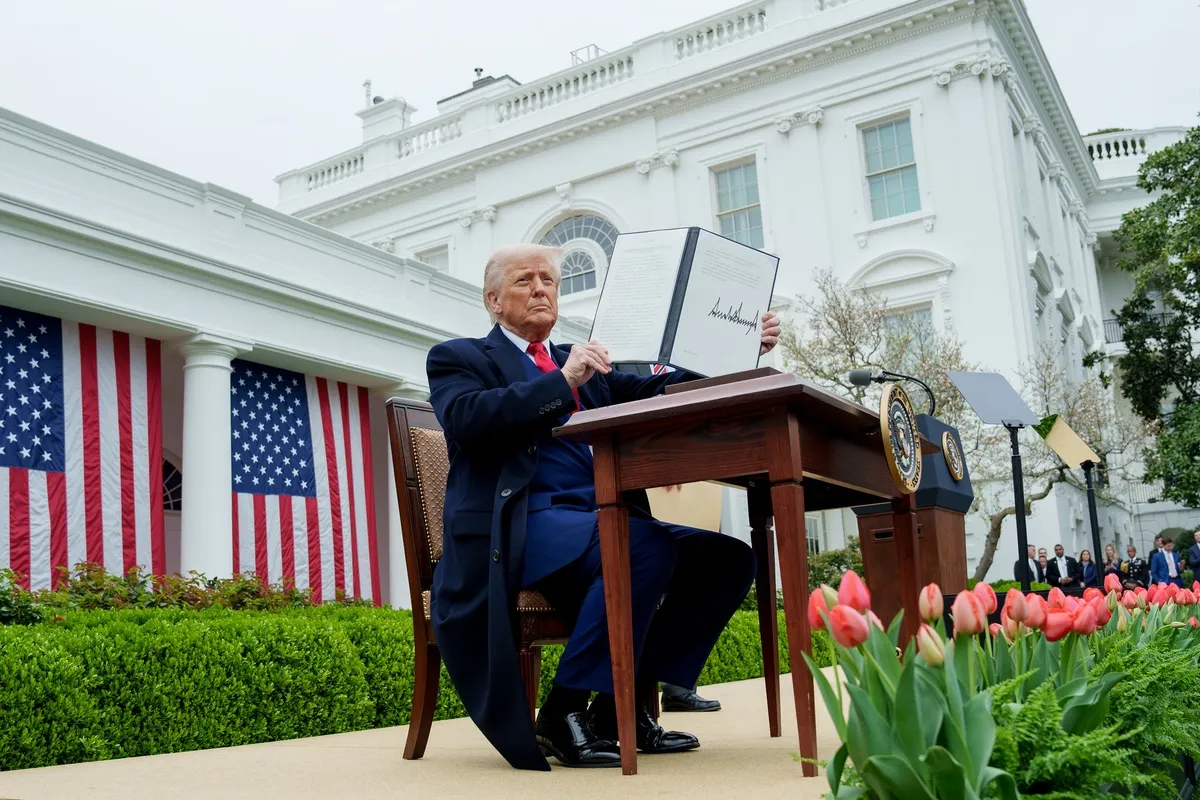Struggles of a small U.S. state to get bigger tourism dollars: New Mexico case study

Skift Take
The New Mexico Tourism Department is asking the Legislature to double its budget for advertising. If lawmakers agree, the department would have $2.5 million more to spend on convincing people to visit the state -- a total of $5 million.
Currently, the governor is recommending the full increase, while the Legislative Finance Committee budget holds the increase to $1.5 million.
Department Secretary Monique Jacobson said doubling the ad budget would allow the Tourism Department to carry its "New Mexico True" marketing campaign to Chicago and California (probably San Diego), and launch a more robust promotion of the state's fall and winter attractions.
With only an additional $1.5 million, she said, the marketing will be more modest. The state will only be able to go into Chicago and start a fall/winter campaign.
In a presentation to the Legislature on Friday, Jacobson touted the department's success so far and its effect on the state's bottom line.
The hearing drew many representatives from the tourism community who support New Mexico True. Former Gov. Toney Anaya, speaking on behalf of New Mexico First, a group that works to inspire "positive legislative action," said the organization favored increasing the advertising budget because "it's good for New Mexico," and "tourism is definitely one of the principle revenue generators in this state."
David Hayduk, president and CEO of Hayduk-King, a Santa Fe advertising agency that works with the department, said, "We urge you to support the $2.5 million [increase] and be ready to realize the rewards."
Members of the House Appropriations and Finance Committee were generally supportive of the latest tourism initiatives, but the hearing ended with agreement on a motion calling for further analysis by the Legislative Finance Committee.
The message Jacobson got was, "We have to keep working and see if we can reach a compromise" on the discrepancy.
True or false?
When she first was appointed in 2011 after a career in marketing, Jacobson said she was "absolutely floored" to learn that New Mexico, her home state -- she was raised in Taos and elsewhere -- could claim less than 1 percent of the domestic tourism market. "We deserve to be more than that," she said.
Last April, the department launched a new campaign called New Mexico True. Its "brand essence" -- a marketing expression -- is "adventure steeped in culture."
One ad shows boots-shod feet resting on a porch railing and the caption, "You can escape the heat while it's still summer." Another depicts two people in canoes paddling across calm waters and the statement, "There are only two things you have to agree on: which way to go and where to stop." Another, this one featuring a river snaking through a grassy area in the Valles Caldera, tells the viewer, "A state can be a beautiful, beautiful air conditioner." Each ad has a box to check for "true," and one to check for "false."
The ads are clearly directed toward travelers who mistakenly believe that all of New Mexico is an arid, barren desert. (According to Jacobson, that's how people in focus groups describe the state.) They're specifically designed to appeal to visitors from neighboring states where the summers are even hotter than here and where images of water will resonate.
And, according to a new report, they seem to be working.
A Tourism Advertising Evaluation Study (PDF link) released in December found that the $1.2 million New Mexico True campaign, which ran during the spring and summer of 2012, generated 264,000 short trips that would not otherwise have taken place and raised $3.6 million in state and local taxes.
The study, which compared the behaviors of those who saw the ads and those who did not, was conducted by Longwoods International, a tourism research firm. The company has a large online consumer panel of adults who have taken a day and/or overnight pleasure trip anywhere in the past three years and intend to take another in the next two years. The respondents to this survey included 1,384 people who live in the state's advertising drive markets.
According to the study, 68 percent of respondents were aware of at least one of the department's ads.
The report found that it cost the state $4.46 in advertising to generate each new trip. And every $1 invested in the New Mexico True ad campaign generated $30 in visitor spending and $3 in tax revenue, the report said.
It estimated that the advertising has influenced the planning of another 260,000 trips in 2013.
A column published Jan. 31 in the Albuquerque Journal said Longwoods studies "generally paint rosy pictures of tourism ad campaigns, and it is something of a go-to company for government tourism officials seeking to justify or increase their spending on advertising."
Jacobson disagrees. She said the department did a lot of research before choosing Longwoods. The article, she said, wrongly "implies they give everyone a good ROI [return on investment]. But that is absolutely not the case."
If the advertising campaign under scrutiny does not make a difference in the behavior of travelers, "They will give you a zero ROI, and that has happened," Jacobson said.
Moreover, she said, Longwoods has nothing to gain from a positive report because the state would not go to the company to make media buys and will only do subsequent studies "as needed."
Bill Lee of the Gallup-McKinley County Chamber of Commerce said Longwoods has a good reputation for delivering results that are "honest and good." In his opinion, the company is "at the top when it comes to providing research that validates one way or another what you're doing."
Lee was an early supporter of New Mexico True. The message, "adventure steeped in culture," was an immediate hit with the tourism community, he said, and he helped brainstorm ways local communities like his could become involved.
The ads, he said, "provide a lot of elements that attract people in this day and age. They're very visual. And the photography and video is stunning."
Lee said he thinks they are effective because tourism in his market increased 7 percent in 2012.
"I can't say I can tie [the increase] directly to New Mexico True. But I feel for the first time we have advertising that's cutting through the clutter" and raising "awareness of our community as a destination."
Lee noted that he doesn't have a Longwoods-style study to prove what he feels, but by partnering with the state (Gallup was the pilot for this campaign), he said Gallup-McKinley was able to utilize a powerful brand, "which has been put out in places where I would never be able to advertise." He added, "We're getting more bang for our buck. I have never seen this kind of support for a brand in this state that this has."
Lee also said that being able to link to the department's redesigned website has helped his private ballooning adventure business. He said his website inquiries increased 300 percent last year.
In fact, tourism officials were so happy with the proposed campaign that they asked Jacobson to request an increase in the department's advertising budget last year, but the secretary demurred until she felt she had the facts to support the request.
According to Jacobson, seven tourism agencies are partnering in the New Mexico True campaign, not including Santa Fe, although its tourism officials work closely with the department on other marketing efforts.
Tourism up nearly 5 percent
At the Legislative Finance Committee's hearing on the tourism budget in October (before the Longwoods report), the secretary testified on the impact of the department's effort to build a strong brand for the state. She pointed to the ads focusing on cuisine, skiing, culture and shopping, and said golf and film would be coming in the spring. She also noted a redesigned website, which includes a trip planner, and improved social media presence. At that point, in October, the Tourism Department had 44,550 fans on Facebook and an average lift of 175 percent in website visits from markets in Texas, Colorado and Arizona.
Jacobson also reported that the department had saved more than $50,000 in travel expenses and another $50,000 in internal costs.
According to a study on tourism economics, which she referred to in her fall presentation, Jacobson said tourism is a $5.5 billion industry in the state, and that the taxes paid -- $1.2 billion -- offset the average household tax burden by $747. Also, she reported that New Mexico Magazine is running in the black. In fiscal year 2012, its revenues exceeded expenses by $300,000. The publication had been struggling in previous years.
The number of people coming to New Mexico increased 4.7 percent between 2010 and 2011, Jacobson said.
New Mexico's tourism advertising budget is far less than that of its bigger neighbors. Colorado spends $10 million (and is asking for $15 million), according to Jacobson.
Lee said Gallup-McKinley, the Chamber Executives Association, of which he is a past president, and the Tourism Association of New Mexico, of which he was just elected director, all support the increase in spending. There may be some who resist it, but "I don't know another department getting a 3-for-1 return on the state's money."
(c)2013 The Santa Fe New Mexican (Santa Fe, N.M.). Distributed by MCT Information Services. ![]()




